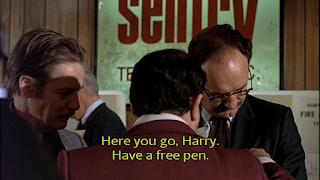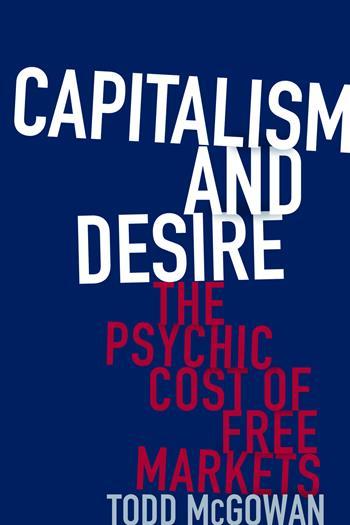One of the best examples of the gaze (from Slavoj Zizek and Todd McGowan) can be found in Alfred Hitchcock's Psycho (1960). After Marion (Janet Leigh) has been murdered by "mother" in the shower, Norman Bates (Anthony Perkins) cleans up the mess. Notice how long it takes for Norman to clean the bathroom. This is important because Hitchcock is a laying a trap for our encounter with the gaze.
After Norman cleans the bathroom, he place Marion's body in the trunk of her car and drives out to the swamp near his motel. Norman pushes Marion's car into the swamp. Norman anxiously watches the car as it begins to sink. Suddenly, for a brief moment the car stop sinking. I always ask my students what their reaction was when the car stops sinking. Their response: they want the car to sink. How does this happen? Why are we suddenly complicit in Norman's cover up of the murder?
This is the moment when we encounter the gaze. The gaze demonstrates your unconscious desire at work in the film. This is why film form is so important to understand in studying the gaze in cinema. In my book Cinema of Confinement, I explain how directors set up these types of cinematic moments such as the swamp scene in Psycho. They are designed so that we encounter the shocking impact of the gaze.

An example I use is the final sequence in Alien (1979) when Ripley (Sigourney Weaver) learns that the alien sneaked aboard the escape shuttle. The way in which director Ridley Scott films this scene sets up the viewer for an encounter with the gaze--namely, when Ripley shockingly discovers the alien. We think Ripley has defeated the alien, which is emphasized when she says: "I got you, you son of a bitch." Even the soothing musical score suggests that Ripley is safe. But as we know, she is far from safe. Alien's final scene is so scary because of the way Scott lays a trap for us to encounter the gaze. This
is why it is important that Hitchcock show us all the details of Norman
cleaning up the murder in Psycho. He is a laying a trap for the gaze: when
the car stops sinking in the swamp. That's when we all go "Oh shit!" You're now siding with Norman's cover up of Marion's death.





































